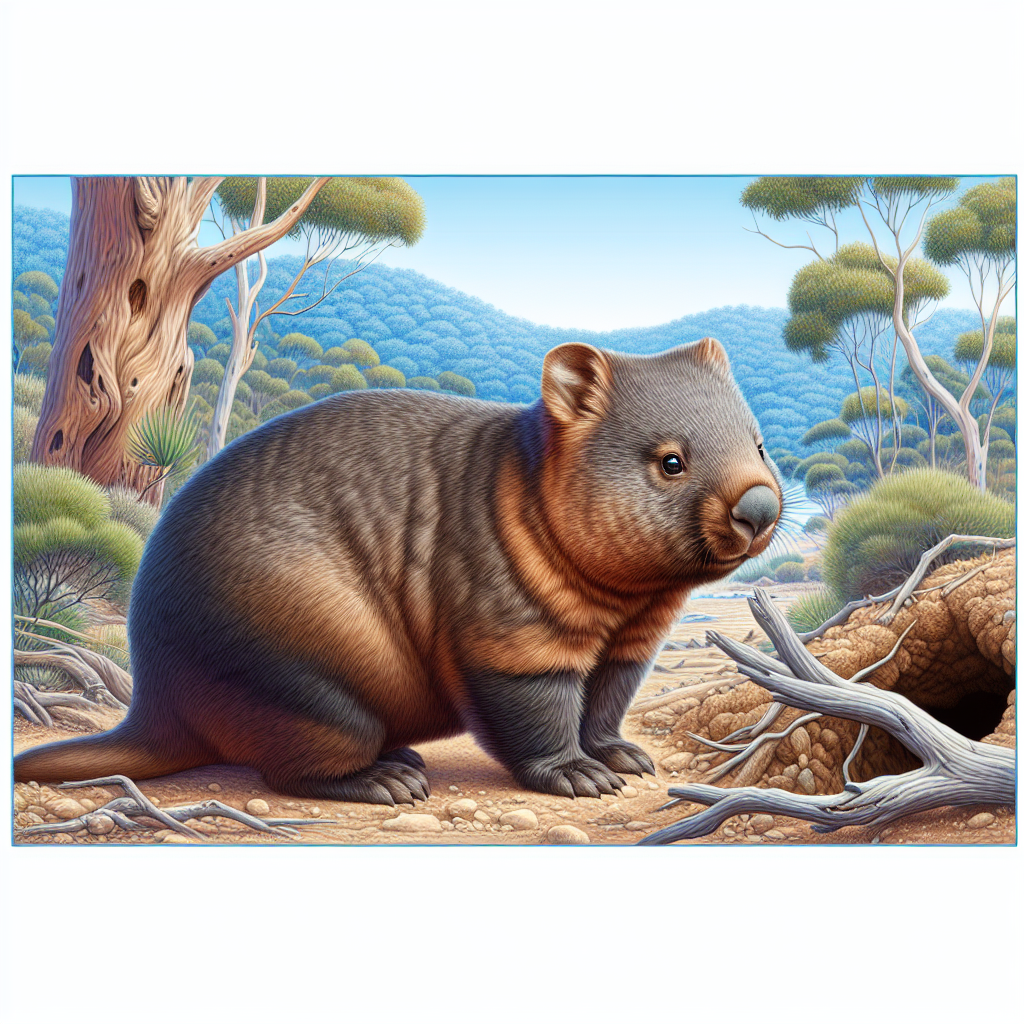Wombat Whiskers: Nature's Navigators and Ecosystem Engineers
Wombat noses and whiskers are unique sensory organs crucial for their survival, navigation, and communication. These features help wombats thrive in complex environments. Research emphasizes the role of their anatomy in the ecosystem, highlighting their significance in foraging, burrow navigation, and species conservation efforts.

- Country:
- Australia
Wombat noses and whiskers are more than just cute features; they are vital sensory tools. These anatomical structures aid wombats in navigating their habitats, finding food, and communicating. The diverse wombat species are classified based on their nose characteristics, showcasing the importance of these features.
Recent studies have unveiled how wombats utilize their noses and whiskers to adapt to their environments. By understanding their anatomy, scientists can better appreciate the ecological role of wombats and contribute to their conservation. Wombats are not only crucial for their ecosystem but also play a significant part in biodiversity.
The pressures on wombats, such as road accidents and sarcoptic mange, underscore the need for further research and conservation efforts. By enhancing our understanding of their unique features, we can ensure the thriving future of these remarkable creatures.
(With inputs from agencies.)
- READ MORE ON:
- wombats
- navigation
- whiskers
- noses
- sensory organs
- ecosystem
- conservation
- habitat
- burrows
- marsupials
ALSO READ
Snapdragon 8 Elite Gen 5: Revolutionizing the Android Smartphone Ecosystem
National Water Mission Hosts 6th Thematic Workshop on Water Conservation in Delhi
Historic Marine Protection Act Triples Safeguards for Hauraki Gulf Ecosystem
GlobalPay's Revolutionary Financial Ecosystem Unveiled at GFF 2025
India Launches Multi-Level Wildlife Conservation Projects










